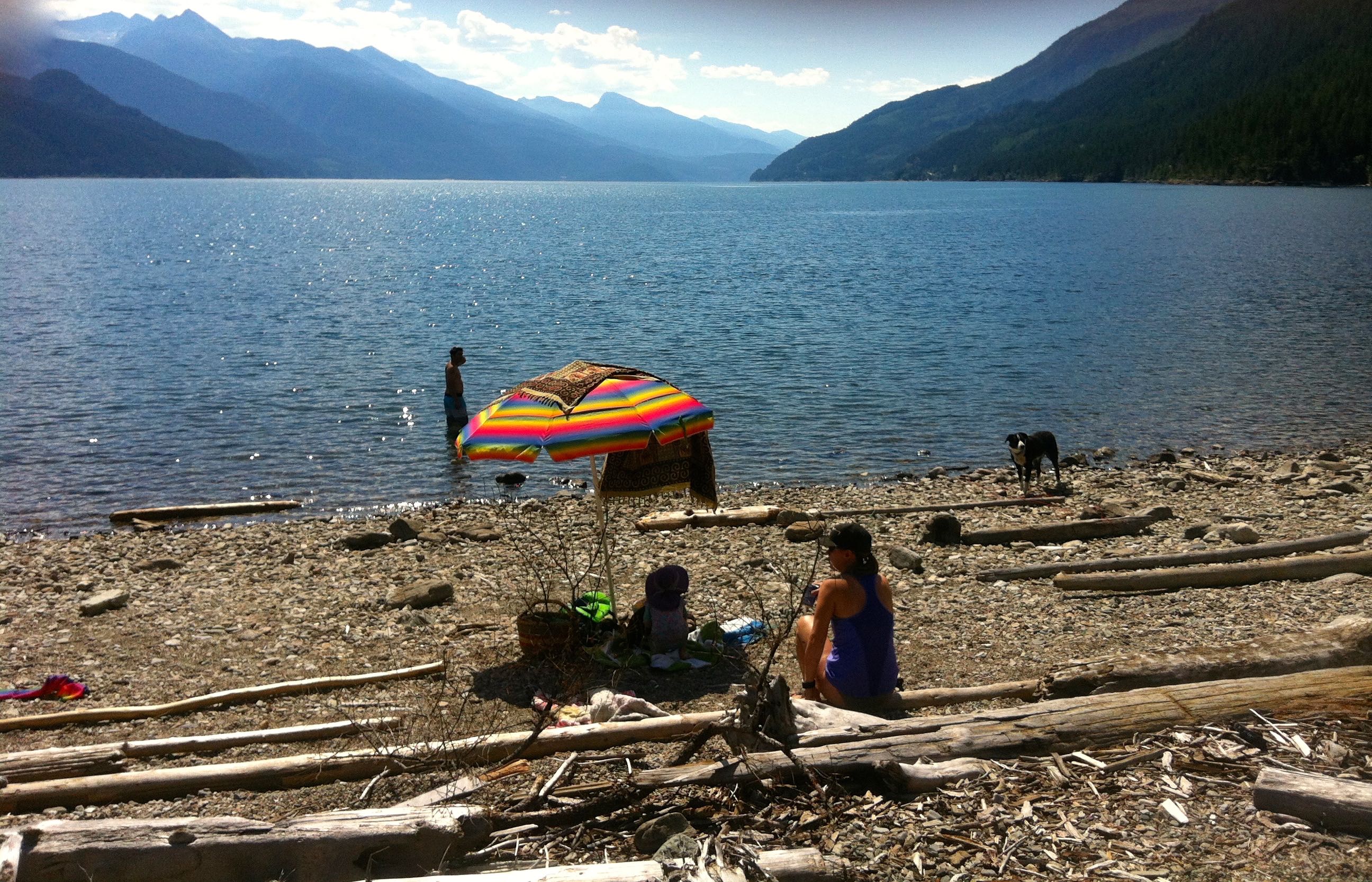The CKISS outreach booth with be at Syringa Provincial Park on Saturday June 29 in order to educate water enthusiast on how simple it is to Clean,Drain, Dry your watercraft and equipment in order to protect our waters! Come talk to the CKISS staff and pick up free resources like a floating key chain. The Central Kootenay region has numerous pristine lakes and rivers to enjoy. They have created endless recreation possibilities for people of all ages. The most common way that invasive species are spread and introduced from one body of water to another is through human transportation. Aquatic invasive species can act as hitchhikers and can latch themselves onto boats and gear.

What are Aquatic Invasive Species?
- Plants, animals and other organisms that have been introduced into an aquatic ecosystem (lake, river, wetland or ocean) where they do not naturally occur
- Lacking natural pathogens or predators that keep them under control in their native habitats
- Spread rapidly and extensively through waterways
- Difficult, if not impossible, to control and can form thick patches over large areas
- Negatively impact biodiversity, species at risk, fisheries productivity, water quality and power generation

Eurasian milfoil is bad news for our lakes!
Clean, Drain, Dry
T
- CLEAN your watercraft and equipment. After an enjoyable day on the water spend the time inspecting your watercraft and all of your gear for any signs of plant or animal materials. Invasive hitchhikers can be anywhere so look in all the nooks and crannies. It is not just motorized boats that can transport invasive species: canoes, kayaks, paddle boards, floaters, oars , lifejackets, fishing gear just to name a few, need to be cleaned as well. Rule of thumb: if it touches water it needs to be cleaned.
- DRAIN onto dry land any item that can hold water (e.g. bilge, ballast, wells, buckets). Leave the drain plug out to ensure the bilge can dry.
- DRY all items completely before launching the watercraft into another body of water.




